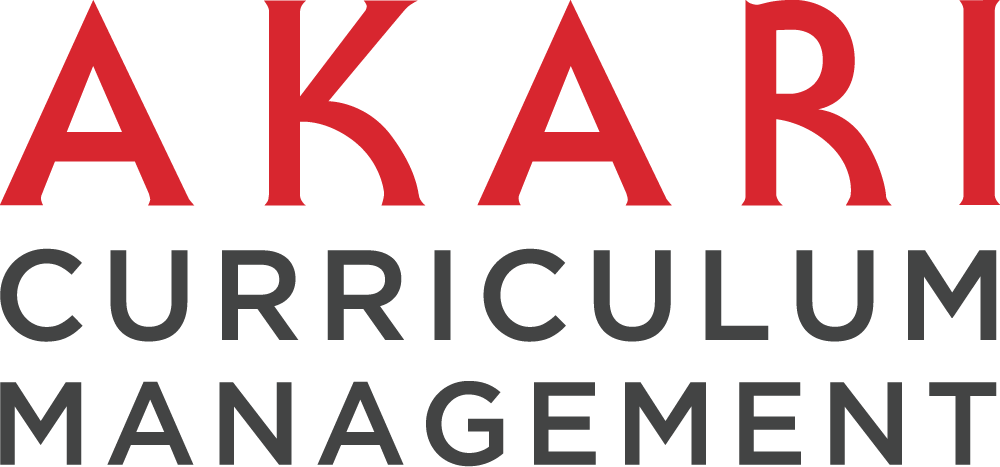In academia, curriculum assessment ensures educational programs are relevant and robust, and charts the course for future directions. It is a process that demands nuanced understanding and strategic implementation.
Understanding Curriculum Assessment
Curriculum Assessment encompasses the systematic review of educational programs to gauge their effectiveness, relevance, and alignment with institutional goals and industry demands.
This multifaceted evaluation involves the measurement of student learning outcomes, the appropriateness of course content and delivery, faculty capability, and the educational experience at large. Curriculum assessment is not just about retrospective analysis; it is prospective in nature, striving to anticipate and incorporate changes that will equip students for the world beyond academia.
The Core Principles
The principles that underpin a robust curriculum assessment program are varied. First, it needs a commitment to continuous improvement, as education must mirror the rapid advancements in society. Second, it must be a collaborative effort, with faculty, students, and external stakeholders contributing to the process. Lastly, assessment should be outcome-focused, with the objective of enhancing student learning and development.
Key Terms and Definitions
To demystify curriculum assessment, it’s essential to explore the key terms. ‘Articulation’ denotes the seamless transition of a student from one level of education to the next, or from a community college to a university. ‘Alignment’ specifies that institutional learning outcomes should match program outcomes, which in turn should align with course objectives and assessment methods.
‘Learner-Centered’ programs emphasize the student’s role in the learning process, fostering active engagement and personal development. These definitions lay the groundwork for a coherent understanding of curriculum assessment and underscore the imperative of precision in policy formulation and execution.
Assessing the Academic Landscape
Examining the educational landscape is crucial: it’s akin to surveying a map before a voyage. In this context, a comprehensive landscape assessment involves external industry analyses, benchmarking against peer institutions, input from advisory boards, and an appraisal of societal needs and global trends.
This phase is where academic institutions identify the necessary knowledge, skills, and dispositions required for their graduates to thrive in their respective fields. By staying attuned to the dynamics of the external environment, institutions can remain agile, ensuring their curriculum remains not just relevant, but visionary.
The Role of Stakeholders
Stakeholders, both internal and external, play a pivotal role in the curriculum assessment process. Faculty members contribute by reviewing, revising, and developing courses in alignment with the program objectives. Students, the prime beneficiaries of education, offer unique perspectives on their academic experiences and can also be reliable assessors of their own learning. Lastly, industry professionals provide invaluable insight into the practical applications of classroom knowledge.
Involving these parties ensures a holistic evaluation and fosters a sense of ownership and commitment to the assessed curriculum, leading to more actionable and impactful changes.
The Minutiae of Assessing Curriculum
Devising a comprehensive assessment framework is the next step in the curriculum assessment process. This involves establishing clear learning objectives, delineating the methods to measure these outcomes, and setting a timeline for periodic reviews and updates.
Learning Objectives and Outcomes
Learning objectives serve as the compass for designing the curriculum. They should be specific, measurable, achievable, relevant, and time-bound (SMART), providing a clear path towards student growth and accomplishment.
Measuring learning outcomes can be achieved through various quantitative and qualitative methods, such as exams, projects, portfolios, and surveys. Triangulating data from these sources offers a more comprehensive picture of student achievement.
Curriculum Mapping
Curriculum mapping visualizes the scope and sequence of the curriculum, highlighting potential gaps and redundancies. It is a strategic tool that aids in ensuring the alignment of courses with the intended learning outcomes and program goals.
By rigorously mapping the curriculum, educational institutions can make informed decisions about the distribution of learning content and the identification of opportunities for interdisciplinary learning and skill development.
Technology as an Enabler
Technology, when harnessed effectively, can amplify the efficiency and impact of the curriculum assessment process. Learning management systems (LMS) can centralize student data, making it easier to track and analyze performance across courses and programs.
Data analytics tools can provide insights into student progress, engagement, and areas for improvement. Online surveys and assessment platforms enable a wider reach and the collection of diverse feedback, which is pivotal to a comprehensive curriculum assessment effort.
Implementing and Iterating
The implementation of a curriculum assessment program is just the beginning of the continuous refinement cycle. Regular reviews, agile adjustments, and forward-thinking innovations ensure the curriculum not only meets but anticipates the changing needs of students and society.
Incorporating Diverse Perspectives
To ensure a comprehensive and inclusive assessment, it is critical to incorporate diverse perspectives. This includes the input of international students, underrepresented groups, and individuals with varied learning styles. A broad spectrum of views leads to a richer, more robust curriculum that resonates with a wider audience.
Adaptive Learning and Flexibility
Incorporating adaptive learning techniques, such as personalized pathways and individualized instruction, accommodates varied rates of learning and differing learner needs. This flexibility is particularly relevant in the era of personalized learning and the increased acceptance of non-traditional students, such as working adults and lifelong learners.
Conclusion
Curriculum assessment is the foundation that holds together the educational enterprise. It is a cyclical, systematic, and dynamic process that aligns academic offerings with the evolving needs of learners and society.
For academics and institutions dedicated to providing a superior educational experience, committing to a thorough curriculum assessment program is an imperative.






